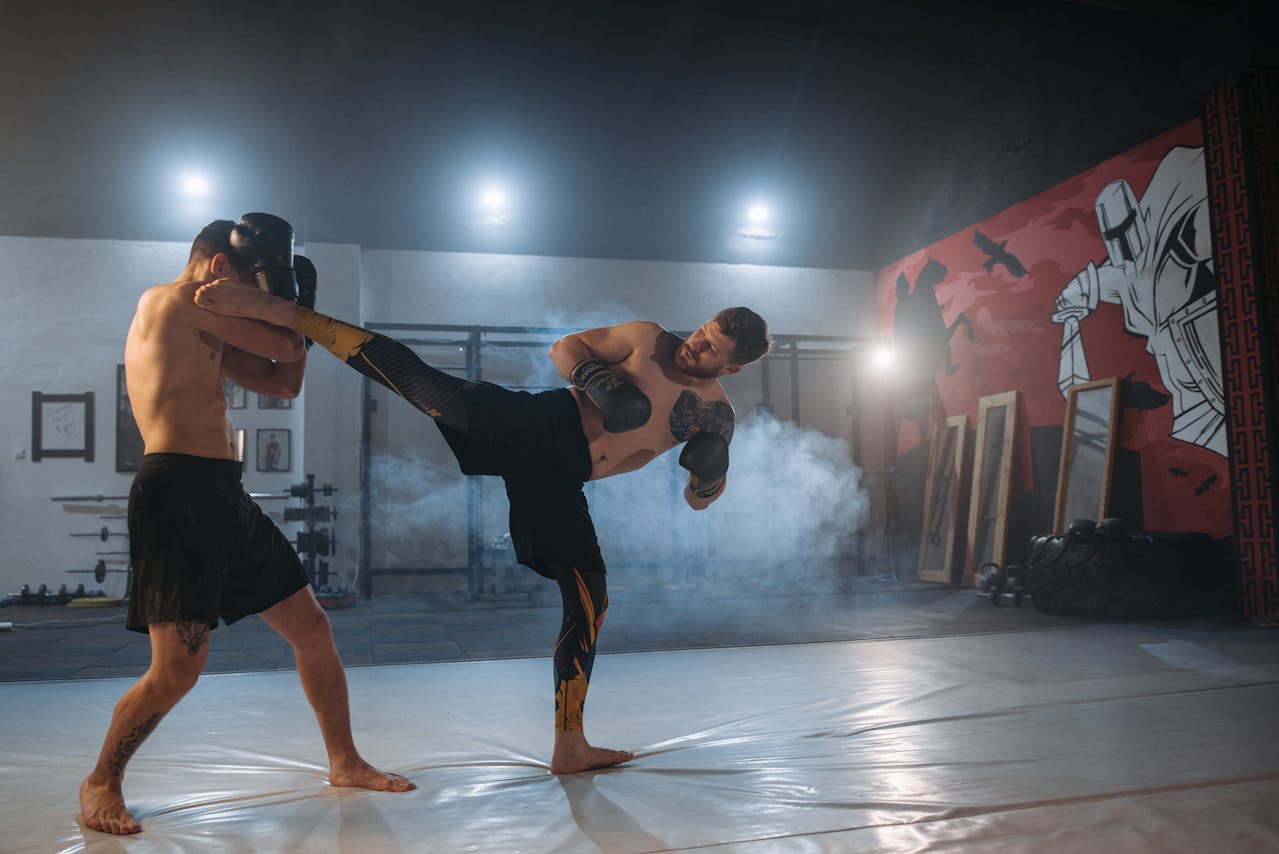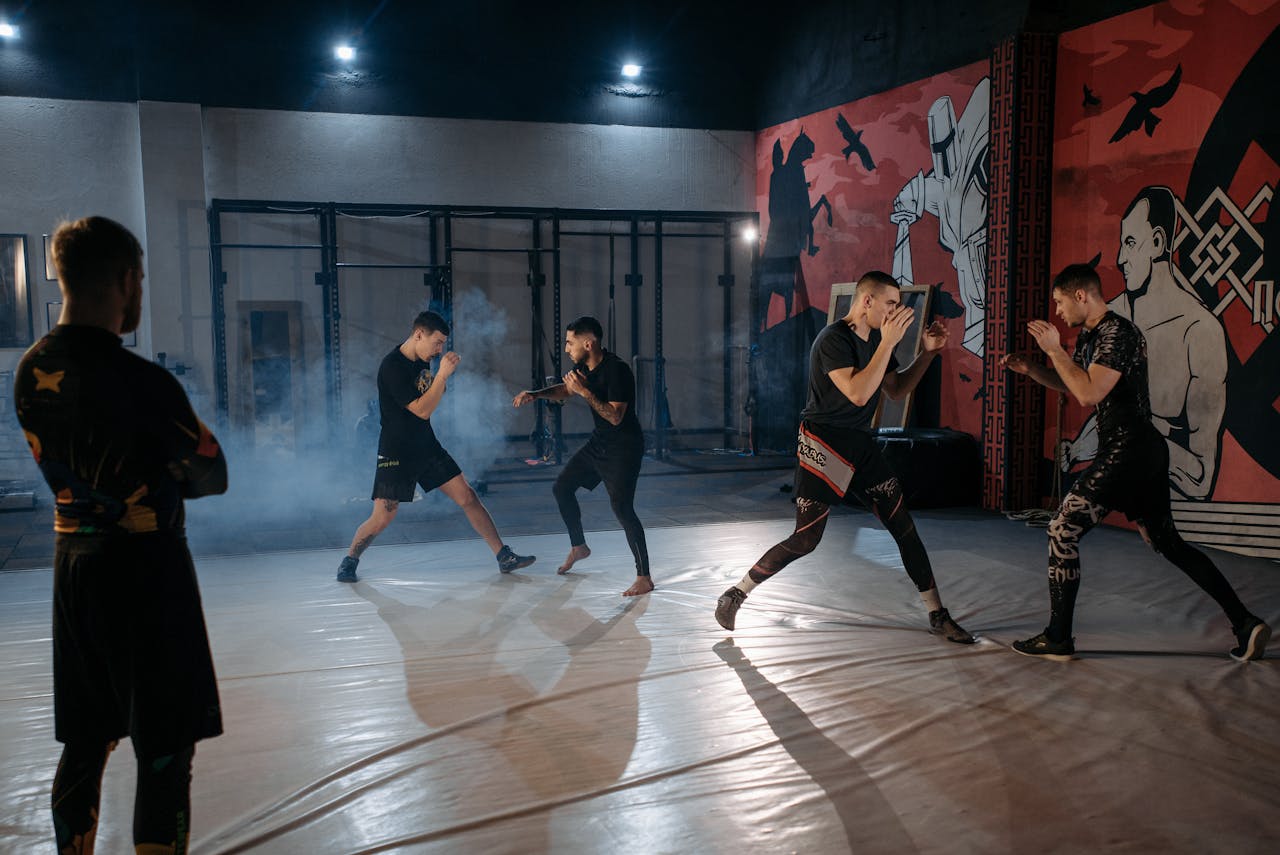The Rise of Mixed Martial Arts (MMA) and Its Influence on Combat Sports
Mixed Martial Arts (MMA) has emerged as one of the fastest-growing and most popular combat sports in the world. Combining elements of various martial arts disciplines, MMA has captivated audiences with its dynamic action, skilled athletes, and adrenaline-pumping excitement. Let's explore the rise of MMA and its significant influence on combat sports.


Evolution of MMA
Origins
MMA traces its roots back to ancient combat sports and traditional martial arts disciplines practiced around the world. However, modern MMA as we know it today began to take shape in the early 1990s with the rise of events like the Ultimate Fighting Championship (UFC).
Blending Styles
MMA differs from traditional combat sports by allowing athletes to utilize a wide range of techniques from different martial arts disciplines, including Brazilian Jiu-Jitsu, Muay Thai, wrestling, boxing, and judo. This blending of styles creates a dynamic and versatile fighting environment where athletes must be proficient in multiple disciplines to succeed.
Growth and Popularity
Mainstream Appeal
Over the past few decades, MMA has experienced exponential growth in popularity, attracting a diverse and global fan base. Major MMA promotions like the UFC, Bellator MMA, and ONE Championship have played a significant role in bringing the sport to mainstream audiences through televised events, pay-per-view broadcasts, and digital streaming platforms.
Global Reach
MMA's popularity extends beyond North America, with a growing presence in regions such as Europe, Asia, and Latin America. International fighters from countries around the world compete in MMA, contributing to the sport's global appeal and cultural diversity.
Influence on Combat Sports
Cross-Training and Hybridization
The rise of MMA has led to increased interest in cross-training and hybridization among martial artists and combat sports athletes. Fighters recognize the importance of being well-rounded and proficient in various disciplines, leading to a more integrated approach to training and competition.
Technical Innovation
MMA has spurred technical innovation and evolution within individual martial arts disciplines. Techniques that were once considered unconventional or unorthodox have become standard practice as fighters seek to gain a competitive edge in the cage.
Spectacle and Entertainment
MMA's blend of striking, grappling, and ground fighting creates a high-energy spectacle that appeals to fans of combat sports and entertainment alike. The sport's emphasis on action-packed fights and highlight-reel knockouts has raised the bar for excitement and entertainment in combat sports.
Impact on Traditional Combat Sports
Boxing
While some critics initially feared that MMA would overshadow boxing, the sport of boxing continues to thrive alongside MMA. However, MMA's popularity has influenced the marketing and promotion of boxing events, with an emphasis on crossover fights and spectacle.
Wrestling
MMA has provided new opportunities for wrestlers to transition into professional fighting careers. Many successful MMA fighters have backgrounds in wrestling, utilizing their grappling skills to dominate opponents in the cage.
Traditional Martial Arts
MMA's emphasis on effectiveness and practicality has prompted practitioners of traditional martial arts to reevaluate their training methods and techniques. Some traditional martial arts schools have incorporated elements of MMA into their curriculum to better prepare students for real-world self-defense situations.
Future Outlook
Continued Growth
The future of MMA looks bright, with continued growth and expansion expected in the coming years. As the sport continues to evolve, new talent emerges, and international markets develop, MMA is poised to remain a dominant force in the world of combat sports.
Integration of Technology
Advancements in technology, such as virtual reality training simulators and biometric tracking devices, are likely to play a greater role in the training and preparation of MMA athletes. These innovations could revolutionize the way fighters train and compete, enhancing performance and safety.
Globalization and Diversity
MMA's global appeal will continue to drive the sport's expansion into new markets and regions around the world. As MMA becomes more inclusive and diverse, it will showcase a wide range of talent and cultural influences, enriching the sport and its fan base.


The rise of Mixed Martial Arts (MMA) has had a profound impact on combat sports, revolutionizing the way we view and engage with martial arts and combat competition. With its blend of athleticism, technique, and entertainment value, MMA has captured the imagination of fans worldwide and inspired a new generation of fighters and martial artists. As MMA continues to evolve and grow, its influence on combat sports will only continue to deepen, shaping the future of martial arts for years to come.












